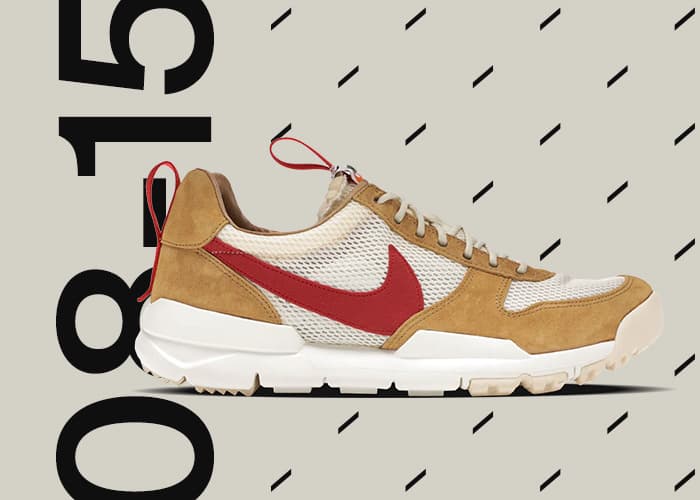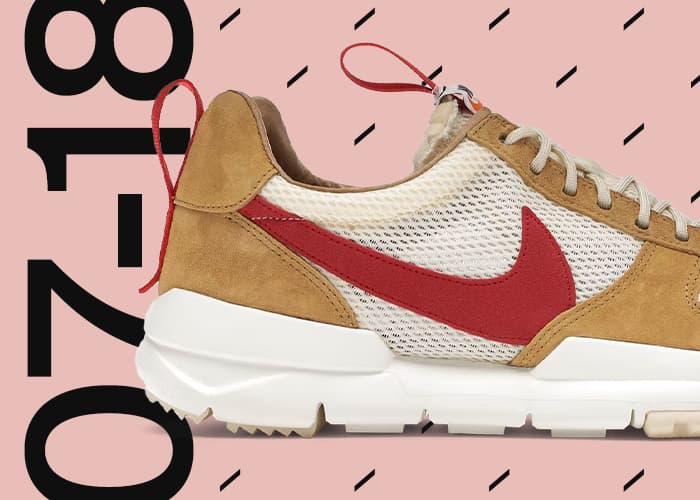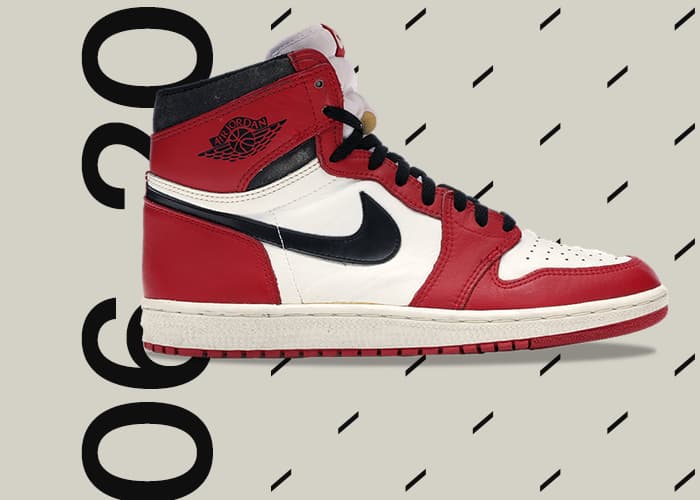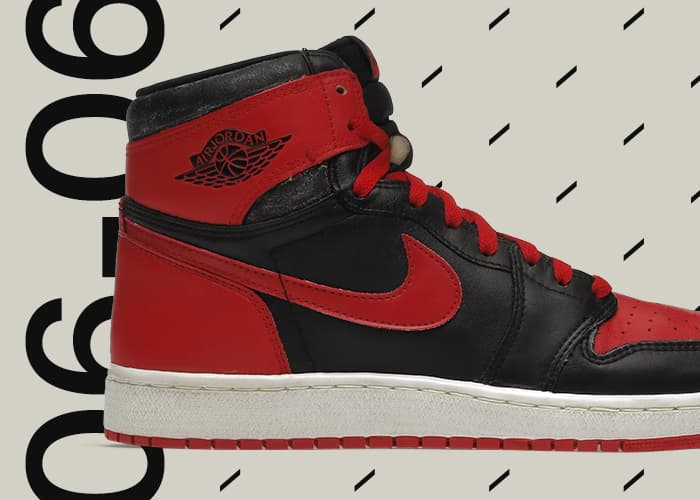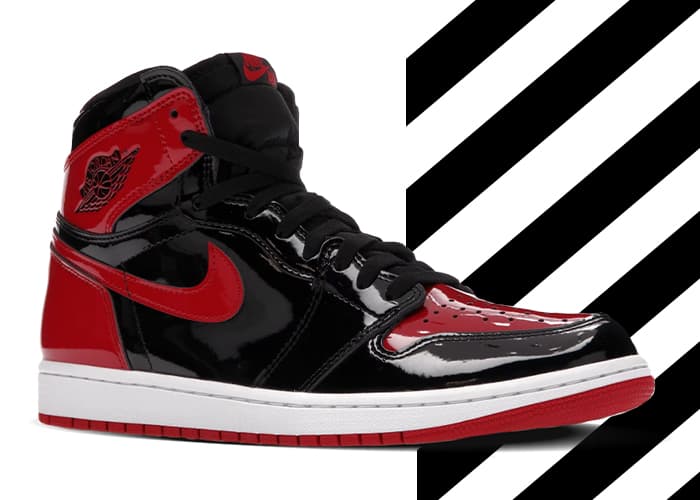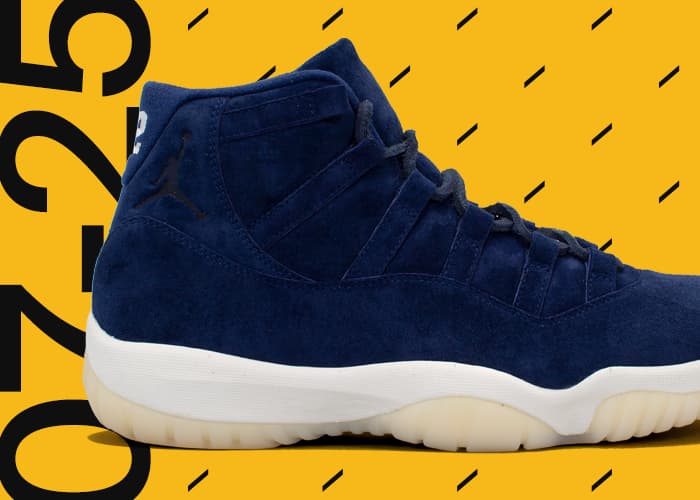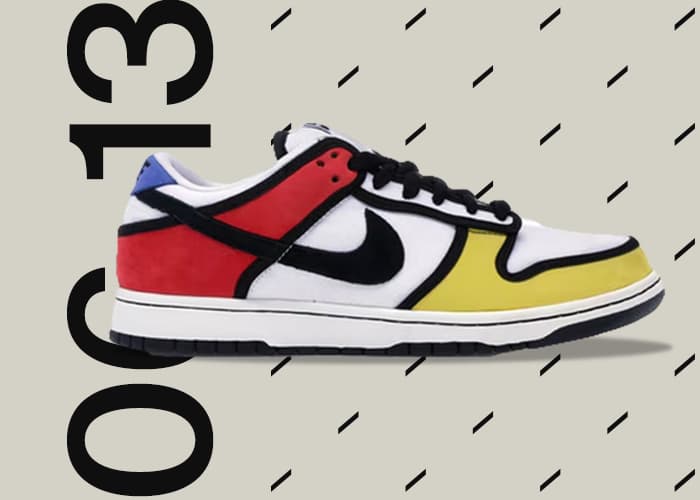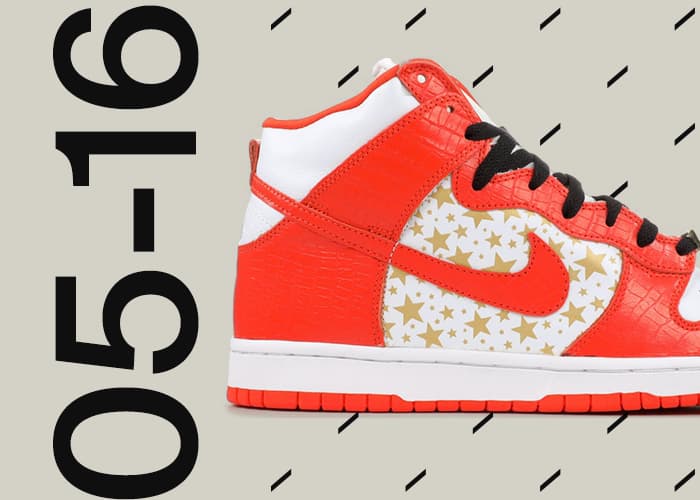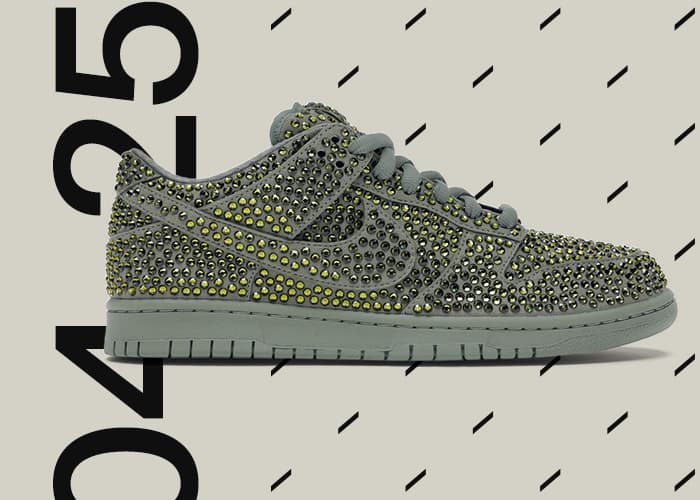We all know the shoe, but many don’t know the story.
The simple minimalist look that has made the adidas Stan Smith as popular as it is hides a much more complicated story. At a glance, the sneaker is a retro signature shoe that rose to prominence thanks to tennis champions in the 1970s, fell out of favor, and then enjoyed a comeback thanks to its ability to carry the big ideas of collaborators like Pharrell and Raf Simons in the 2010. A sneaker once beloved by elite sportsmen got renewed by fashion’s cutting edge, always with an eye towards sophistication and subtlety. However, the real story is much more convoluted and begins way before the eponymous athlete even laced up the shoes that would eventually carry his name.
The adidas Robert Haillet
In the early 1960s, the popularity of tennis started to rise, and many sportswear brands shifted to accommodate the sport’s demand for performance footwear. Shoes featuring canvas materials dominated the sneaker market in most sports, but with tennis, canvas shoes wore out too easily. The roughness of the court and motion of players’ feet caused a lot of drag on the forefoot, eventually wearing down the canvas to create holes. The game was missing a sturdy, leather performance tennis sneaker – and Horst Dassler, son of adidas founder Adi Dassler, saw this as an opportunity to put adidas on top of the tennis world.
The first adidas tennis shoe arrived in 1964 sporting a design that differentiated adidas from the rest. Made primarily of a leather upper and rubber sole, the adidas tennis shoe was quickly known amongst professionals as the best tennis shoe on the market due to its support, comfort, and durability. Although adidas had a growing reputation, they still did not have any sponsored tennis athletes that competed on the game’s largest stages. With a long list of prospects to choose from, adidas began to build their tennis roster.
One of the first professional tennis players to be endorsed by adidas was French-born Robert Haille. Haillet was one of two professional tennis players in France at the time – making him the perfect candidate to display adidas’ innovative product in front of an entire nation. Haillet grew to become the face of adidas tennis and in 1965, the brand added his name to their tennis silhouette – creating the adidas Robert Haillet.
Haillet wore his signature shoes in every match until he retired from the sport in 1971. When Robert Haillet was no longer competing on the game’s biggest stages, Dassler and adidas were skeptical that a shoe named after a retired French tennis player could stay in demand without a star endorsing it. adidas needed a new poster boy to sport the adidas Haillet, so Dassler sought a recommendation from one of the most influential tennis agents in the sport, Donald Dell.
With a list of names worthy of carrying the Haillet torch, Dell suggested that Stan Smith would be the perfect fill-in for adidas.
Stan Smith: Heir To The Haillet
Today, the name Stan Smith, immediately inspires visions of a trendy low-top sneaker. But for fans who watched tennis throughout the 1970s, Stan Smith was a star.
Smith started to make noise in the tennis world during his early years at the University of Southern California. Standing at a hulking 6’4, Smith became the talk of NCAA tennis after dominating the Men’s Singles and Doubles championships in 1967 and 1968. His renowned success at the collegiate level led him to qualify as a professional where he competed for championships over the span of two decades. Out of all of his championship accolades, it was a singles victory at Wimbledon in 1971 over Ilie Năstase that solidified Smith’s position as the best men’s player in the world. With Haillet’s recent retirement vacating and the throne to adidas tennis, the brand took Dell’s suggestion and offered Smith a five-year endorsement deal that he agreed to. Smith would restart the Haillet signature line for adidas and in turn, adidas would pad Smith’s pockets with endorsement money.
The transition from the adidas Haillet to adidas Stan Smith didn’t happen immediately. Stan Smith actually wore the Haillet-branded sneakers for the first several years of his endorsement deal. The first adidas branding change didn’t occur until 1974 when adidas stamped a portrait of Stan Smith’s face on the tongue of the shoe, which surprisingly didn’t feature Smith’s signature stache that appears today. But, seeing Stan Smith’s portrait on a shoe with Haillet’s signature was confusing to many, so adidas retired the Haillet name in 1978 and officially renamed the shoe the adidas Stan Smith.
Smith rocked the adidas Stan Smith for the remainder of his career, which just happened to take place in the same time frame that professional tennis crashed into mainstream culture. The Bjorn Borg vs. John McEnroe rivalry dominated headlines in the sports world, introducing hoards of new tennis fans to the game and, most importantly, its footwear. Memories of Haillet faded as Smith became the sole face of the adidas Stan Smith silhouette. Even as Smith’s career entered its final act, sales of the adidas Stan Smith remained steady, negating adidas’ potential need to find a new star to take over the silhouette in the event of a Stan Smith retirement. When Smith retired in 1985, his name continued to thrive as part of the adidas Stan Smith, eventually earning a legacy outside of tennis.
Stan Smith Today
Many performance sneakers of the 1970s fizzled out due to new innovations, but not the Stan Smith. Its simple design and clean OG colorway has withstood the test of time, transitioning effortlessly beyond the tennis court into cultural spaces throughout the world and becoming a go-to street sneaker. The branding transition from Robert Haillet to Stan Smith was a great move for adidas at the time to support the early life cycle of the sneaker, but had the shoe been a terrible design, it wouldn’t be around today. The Stan Smith is proof that true innovation creates lasting impact, and the shoe is ingrained in sneaker culture forever.
















